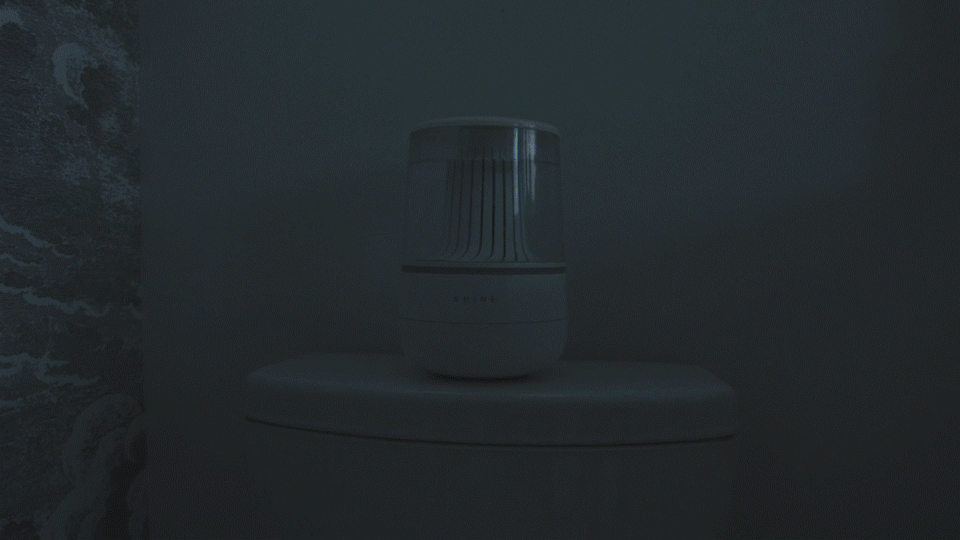Quantum computing’s ‘Hello World’ moment
Does quantum computing really exist? It’s fitting that for decades this field has been haunted by the fundamental uncertainty of whether it would, eventually, prove to be a wild goose chase. But Google has collapsed this […]










